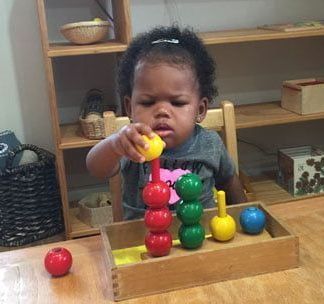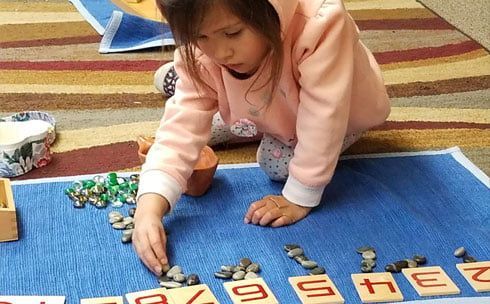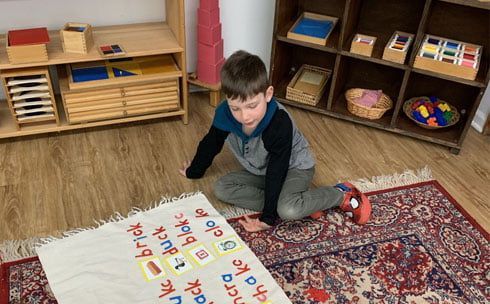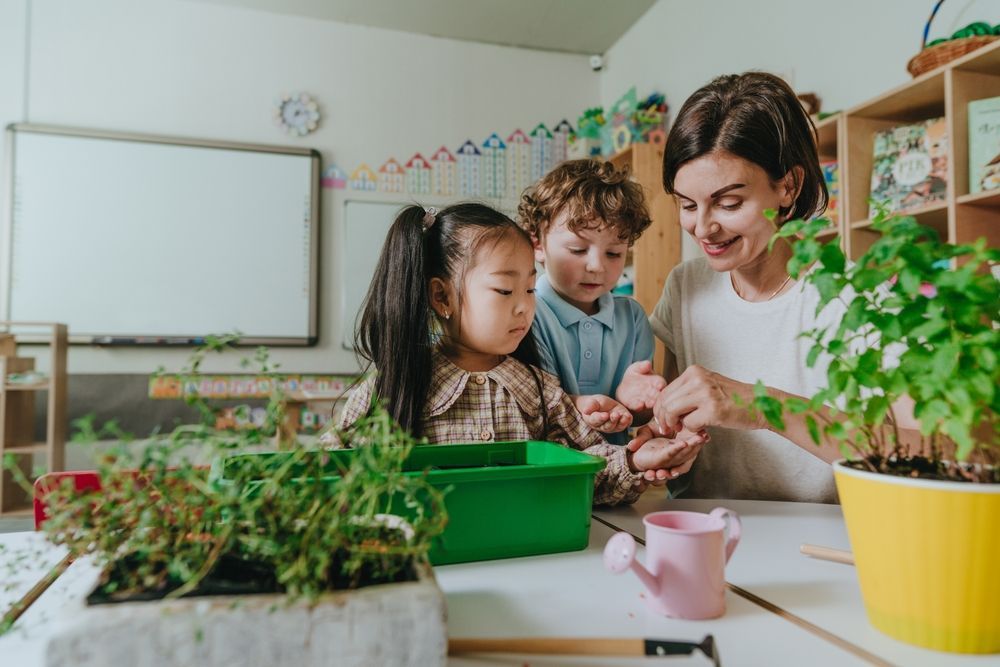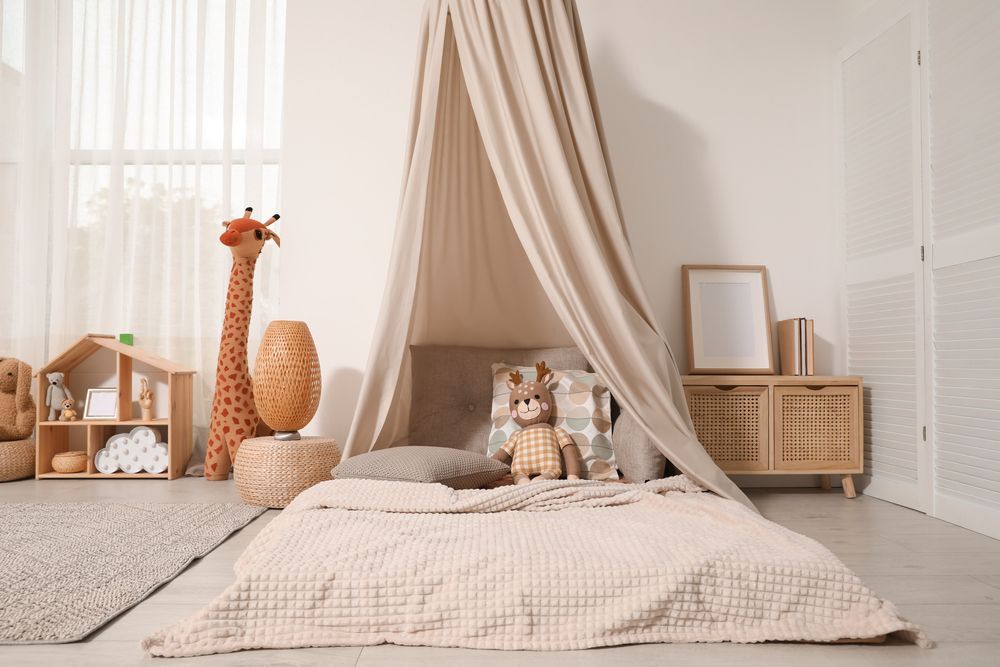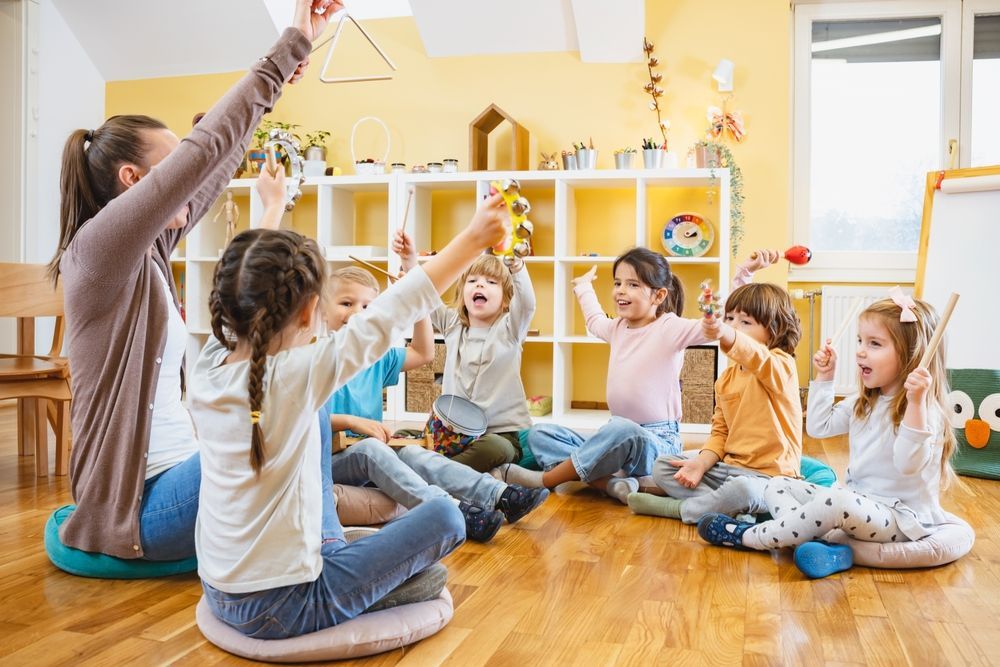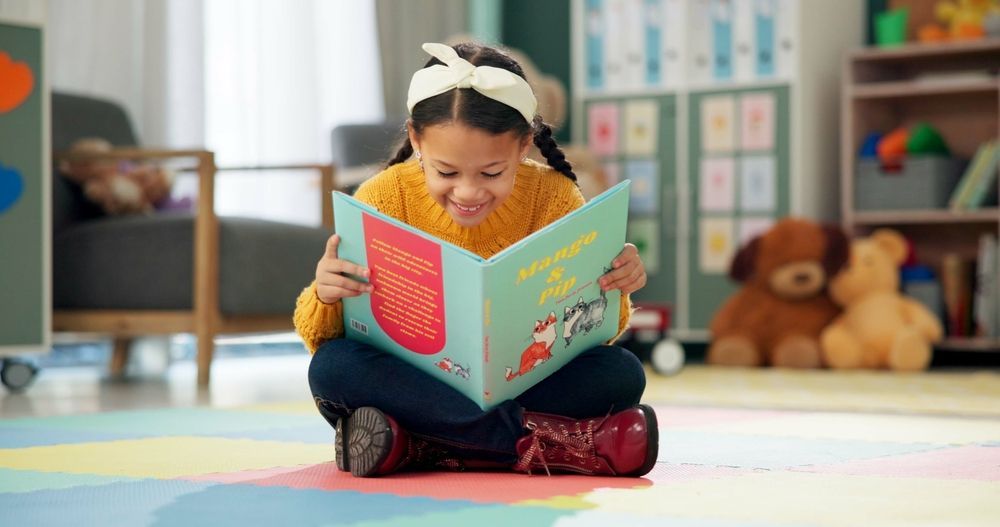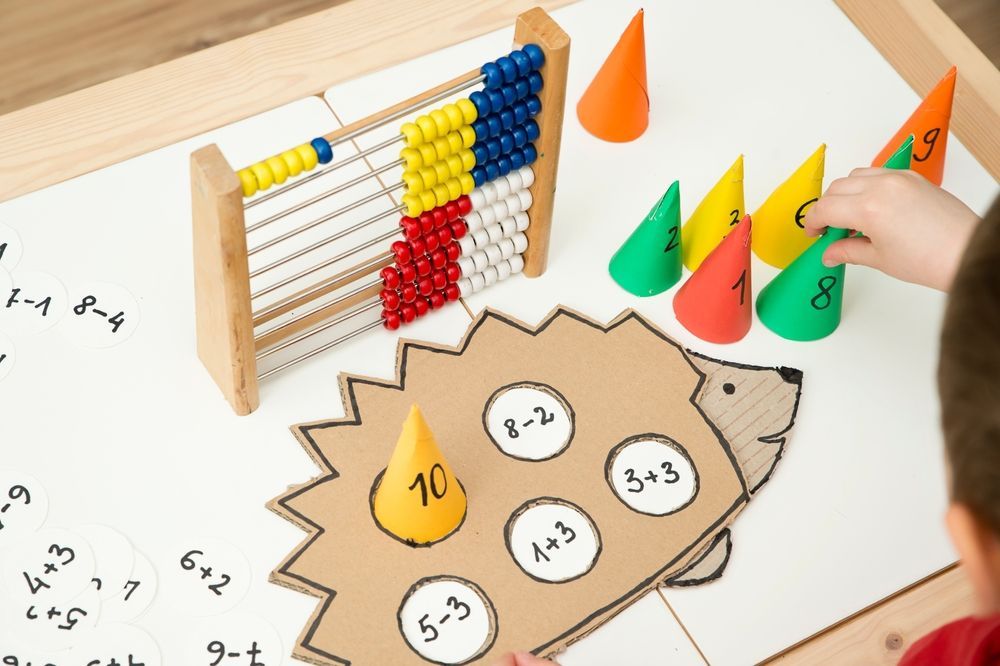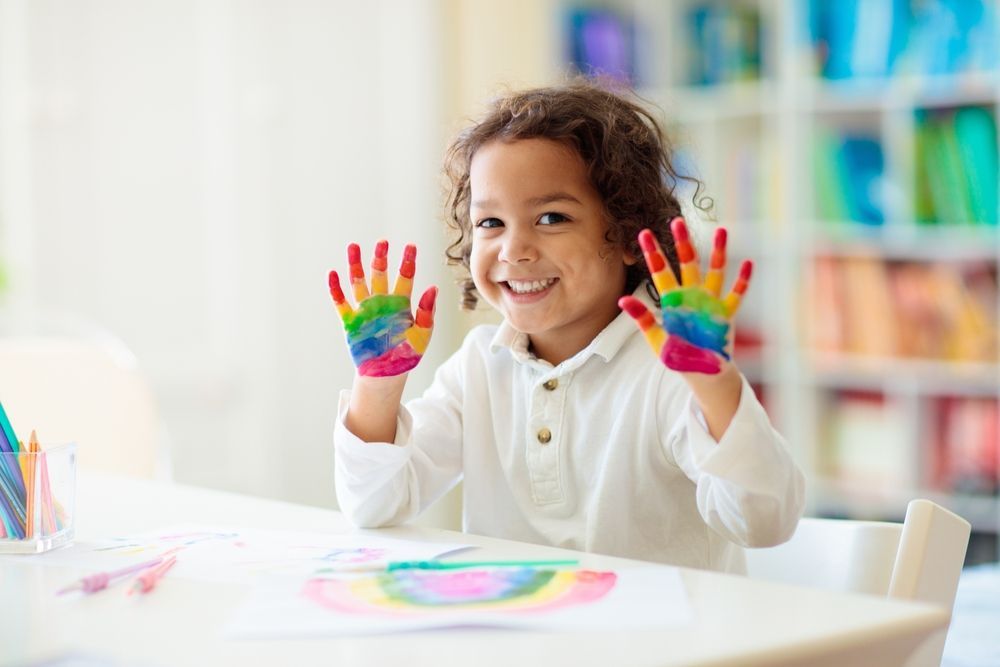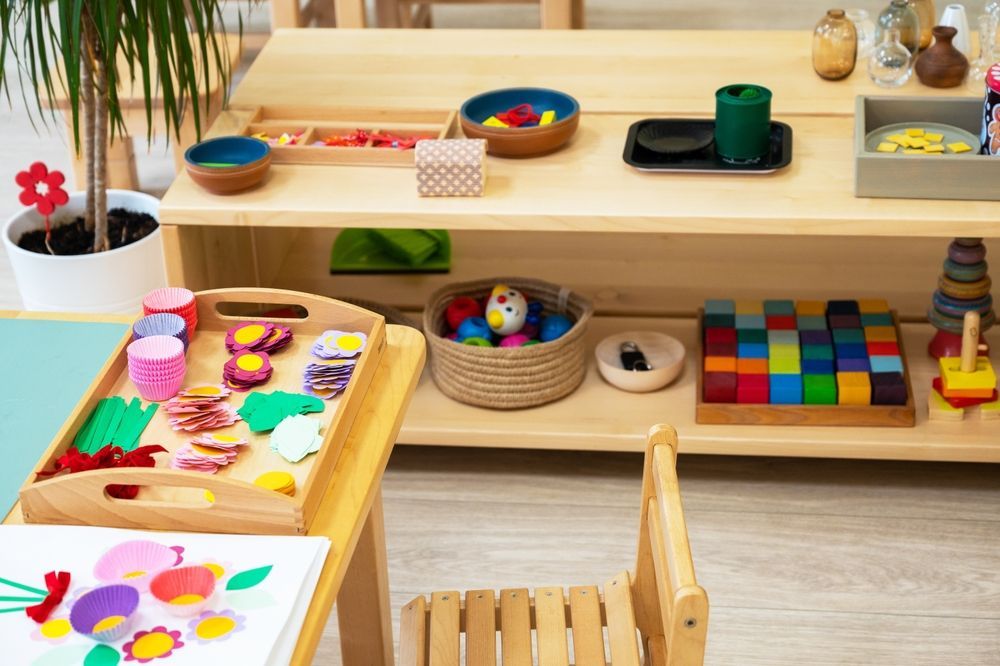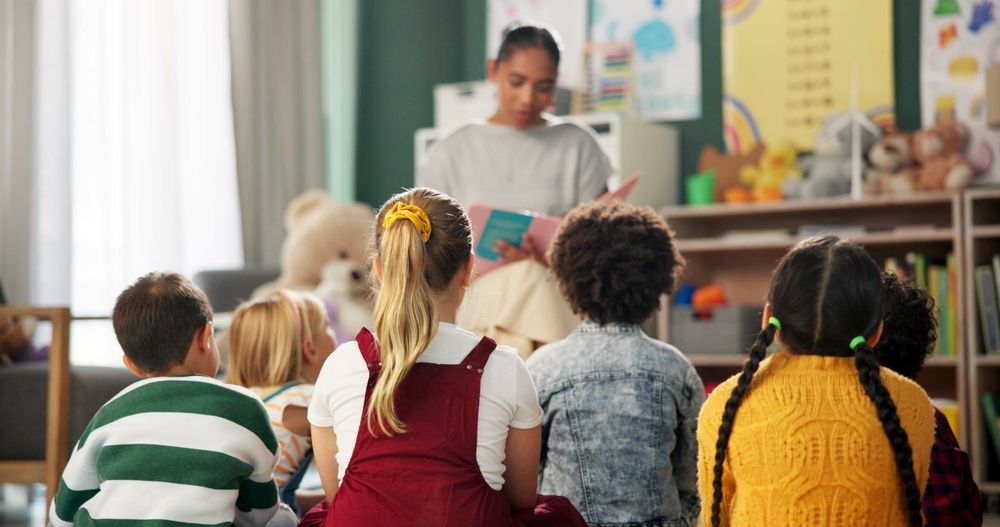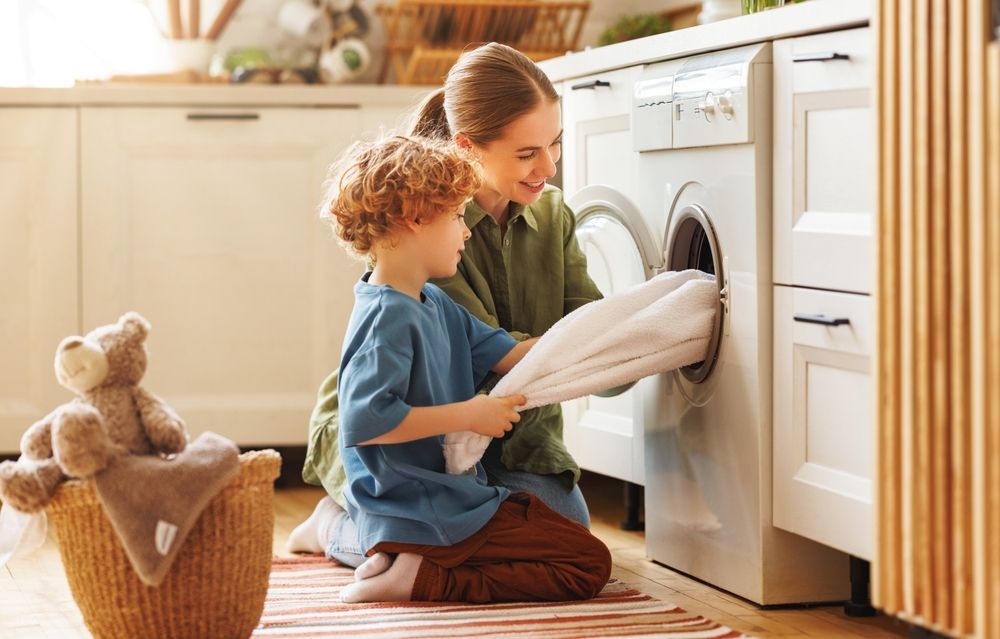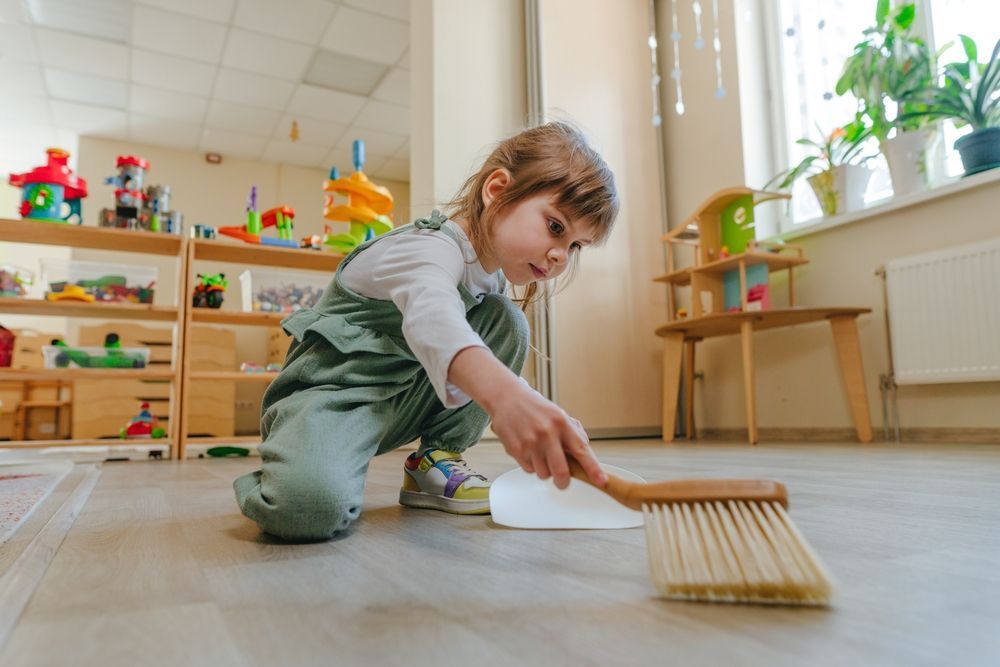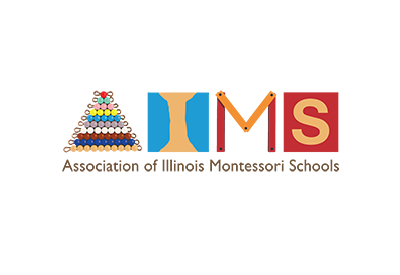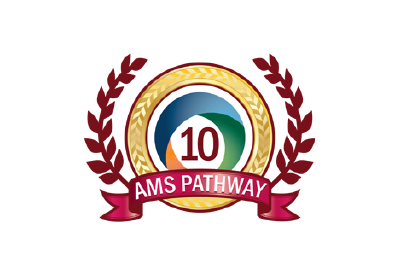Choosing the Best Montessori School for Your Child
Share this Article:
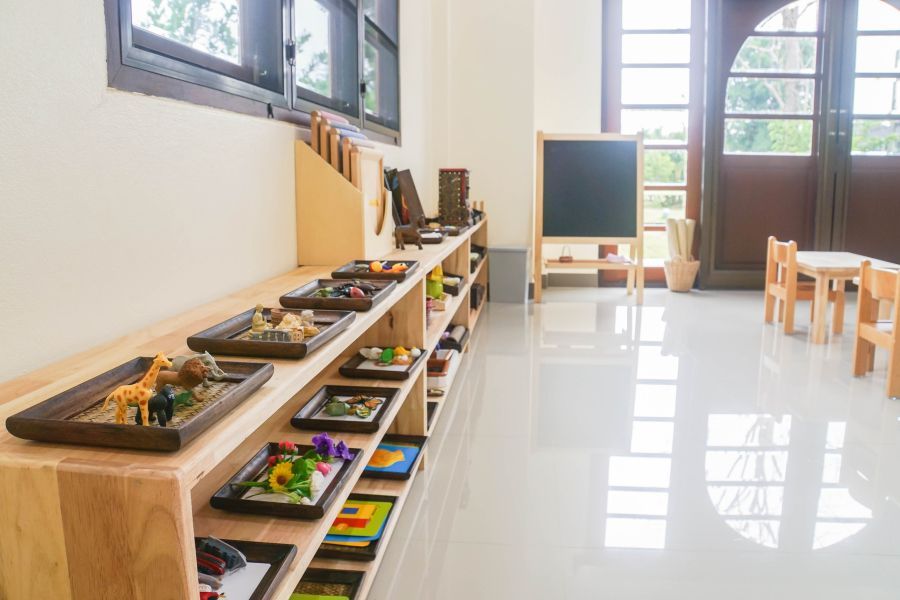
Montessori education provides students with a way to learn that’s more focused on allowing the student to lead the learning process. Students obtain a quality education, one that is driven by their own interests. This method of learning has been successful in creating some of the most diverse thinkers. However, there are a lot of Montessori schools out there, and not all offer the same quality of education or even follow a true Montessori style of learning.
How to Find a Real Montessori School
One of the most important first steps is to ensure the school offers a true Montessori learning environment. You can recognize a true program by what you see when you visit:
- The space should be warm and welcoming, helping the child to feel safe and supported.
- There should be charts, art, materials, and even live plants throughout the classroom setting. Those materials should be displayed in a way that children can reach out and access them.
- Montessori learning environments do not have rows of desks. Rather, furniture is child-sized and grouped into circular areas to facilitate communication and learning.
- You should see very few toys. You should not see workbooks or traditional school papers.
- The students are of different age groups rather than learning with others of the same age.
- The space should be organized and neat.
The only way to truly learn if the environment is a true Montessori program is to visit. Do so when there are students and teachers interacting and learning. It’s also worth taking a look at the reviews of the school to determine which are the best Montessori schools in the area.
What to Know About Montessori Schools
These schools still teach everything (and often more so) than a traditional school environment, but the way in which they do it is significantly different. Classrooms are often buzzing with activity, with children that are exploring and learning throughout the space. Students work hard, but they also enjoy what they are learning and the learning process itself.
If you pay close attention to the students, you may notice that children are working together in different areas around the room. Typically, they are working in a respectful manner where every student is engaged in learning and working with materials. What’s more, instead of the teacher leading the lesson, students are able to select the activities to work on that are most important to them.
The teachers in a Montessori environment are also very different in the way they work. They do not stand in front of the class and instruct students. Rather, they are engaging with small groups of students. They may spend some of their time teaching children how to use the various materials available. In addition to this, they may be presenting a lesson to a smaller group. Teachers spend a lot of time encouraging individual students. They work more as a mentor rather than a strict disciplinarian.
This environment is very different from the traditional school system and learning methods. It provides students with a different way of learning that is less strict and does not have the same boundaries that others do. That often keeps children engaged more fully and in a variety of ways.
What Separates the Best Montessori Schools?
Many schools may say they offer a Montessori education, but that is not always the case. Others do, but they may not have the structure and outcomes that others do. For those who are considering admission into Montessori for their own child, it is critical to choose the right program. Here are some of the most important things to look for that help the best locations stand out.
- It’s child friendly. Beyond everything else, the environment is designed for children, including furniture, materials, toileting, and anything else. This allows children to freely use these materials.
- It’s an inviting and stimulating space. When an adult steps into the space, it should be easy to see all of the various environments and learning centers located around the area. It should be eye-catching, with lots of natural materials and a variety of ways for children to explore topics in a hands-on manner.
- It encourages freedom in learning. There are often areas for students to work alone while also having small group spaces. There are often areas for play and interaction with others and lots of places to sit and work on a project or read. The environment encourages the child to discover something new.
- Students can learn life skills. The Montessori environment helps encourage children to practice life skills. This may include using utensils and tools, pouring, stirring, and other types of tasks that often require some practice and discipline.
- There are ample positive social interactions. Unlike the quiet of a traditional classroom, in this space, there are lots of opportunities for students to move about the classroom independently and share with others. They should also be encouraged to be respectful and positive to each other.
- Teachers are respected mentors. The best programs have highly educated and skilled teachers who have ample experience teaching in this type of environment, which is very different from most other traditional schools.
It can be difficult to spot the best program out there without actually visiting these schools while they are in session. Spend some time visiting a few locations to find out what their Montessori programs are like. It is also a good idea to spend some time reading reviews of the school from students who have attended and their parents. What were the hot spots and good things? The more information that is obtained like this, the more likely it is for you to have a good idea of what daily life in the classroom will be like for your students. Take some time now to schedule a visit to Mansio Montessori of Geneva. Learn more about the program and the wide range of offerings it provides. A true Montessori program, it is an impressive space where your child can thrive. Contact us now to learn more.
